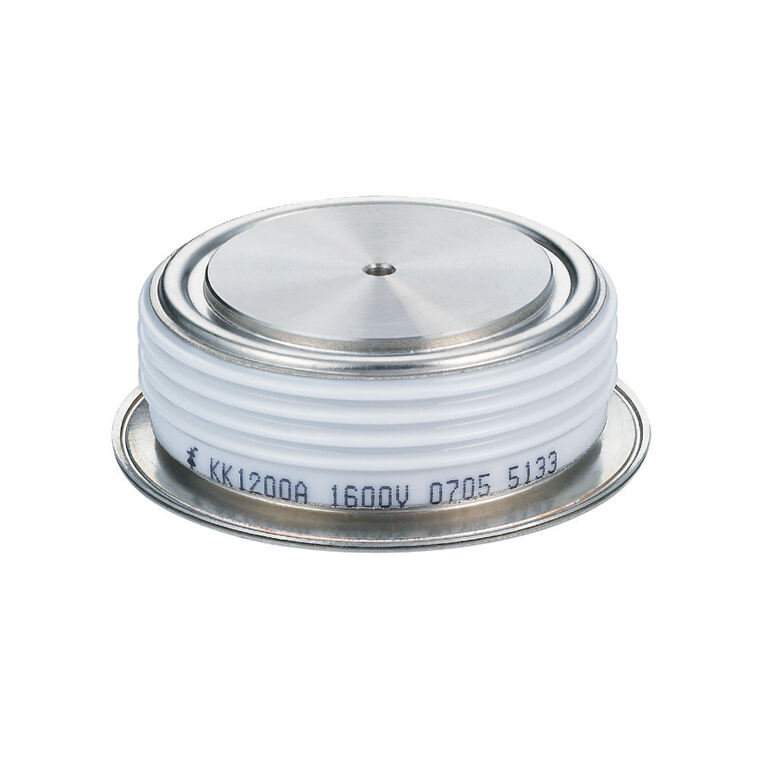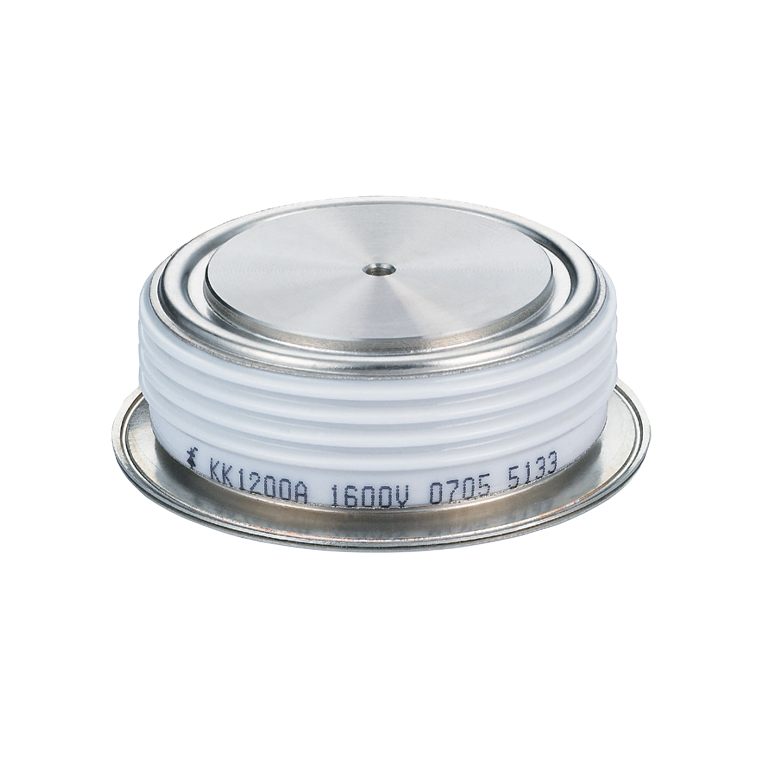autonomous robots in manufacturing
Autonomous robots in manufacturing represent a revolutionary advancement in industrial automation, combining sophisticated AI, sensors, and mechanical systems to perform complex tasks without human intervention. These robots utilize advanced navigation systems and machine learning algorithms to move independently through factory floors, making real-time decisions and adjustments. They excel in various applications, from material handling and assembly to quality inspection and packaging. Equipped with state-of-the-art vision systems, these robots can identify, sort, and manipulate objects with remarkable precision. Their adaptive capabilities allow them to learn from experience and optimize their performance over time. Modern autonomous robots feature collaborative abilities, enabling them to work safely alongside human operators while maintaining high productivity levels. They incorporate safety protocols through proximity sensors and emergency stop mechanisms. These systems can operate 24/7, maintaining consistent quality and productivity levels while reducing operational costs. The integration of IoT capabilities allows these robots to communicate with other manufacturing systems, sharing data and coordinating activities for improved efficiency. Their modular design facilitates easy upgrades and maintenance, ensuring long-term value and adaptability to changing manufacturing needs.


